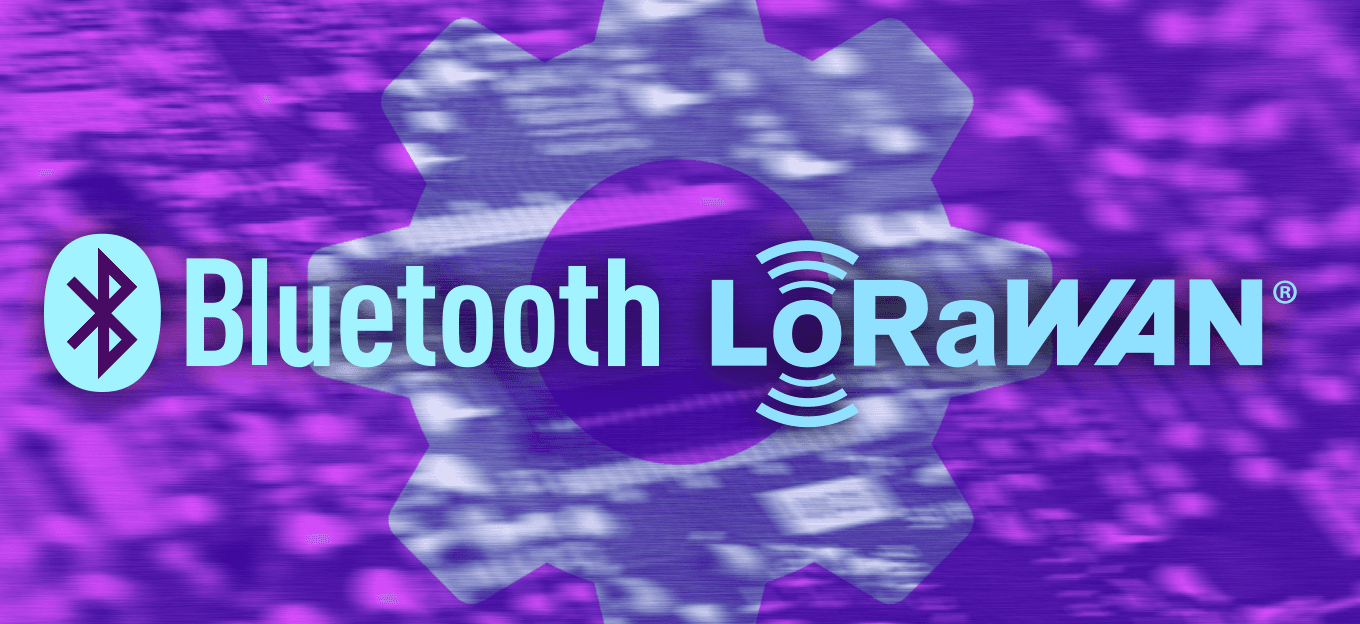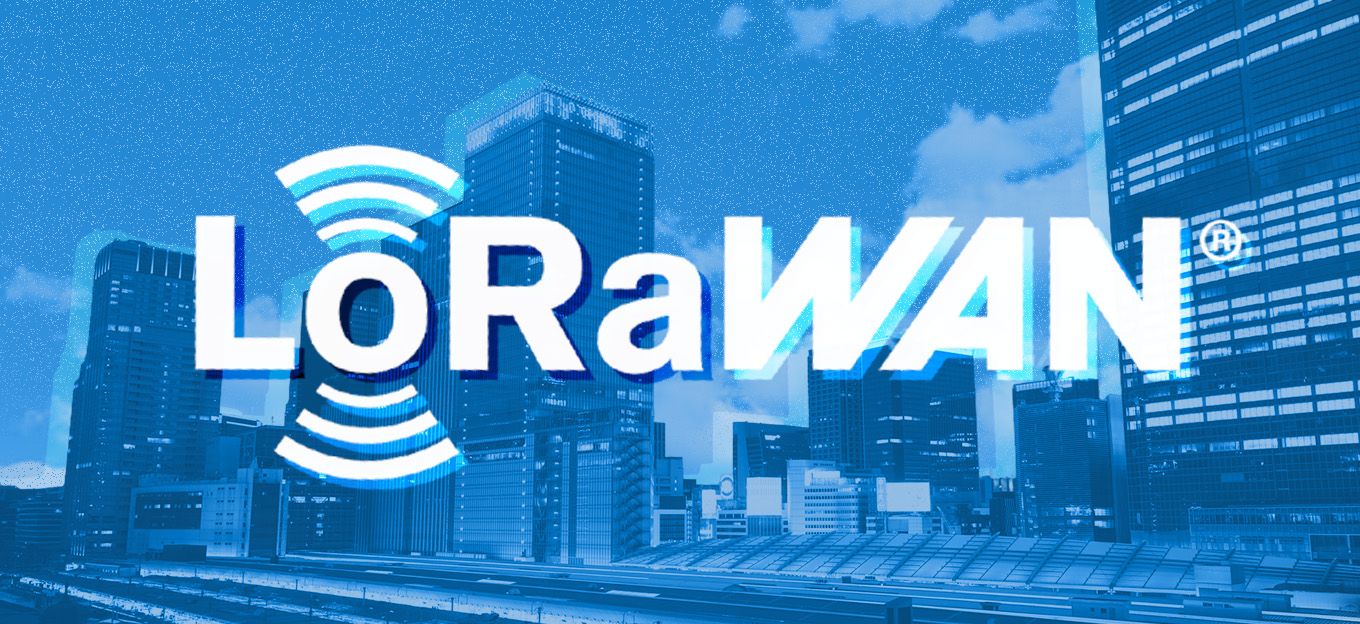LoRaWAN for Public, Private, and Hybrid Networks
LoRaWAN for Public, Private, and Hybrid Networks
- Last Updated: December 2, 2024
KORE
- Last Updated: December 2, 2024



Maturing network connectivity technologies offer a host of benefits, all of which vary from technology to technology. Low-power wide-area (LPWA) technologies offer several different options to support Massive IoT deployments where low-complexity devices can have lifecycles optimized with the low-power functionalities of LPWA. LoRaWAN is one of these LPWA options and is unique in the fact that it is non-cellular. This makes it an affordable option, as does its flexibility in being leveraged in public, private, or hybrid network structures.
Choosing a Public Network
Benefits and Drawbacks Snapshot
- Public networks are easier to deploy.
- Public networks are beneficial for outdoor use.
- The main drawbacks of public networks are a lack of control and operating expenses.
With public networks, users tie into an existing telecommunication operator’s infrastructure, which consists of antennas. The benefit of a public network is national coverage since the infrastructure is already put in place by the network. Because of this, tying into the infrastructure, which the operator will also manage, is a relatively simple process.
The existing infrastructure also helps support the widespread outdoor use of IoT devices. The only drawback is that the subscription-based model, when leveraging a public network, could get expensive when more devices are added. While the infrastructure is managed by the operator, this could initially be a benefit, but if an organization wants more control over its connectivity, this would be a drawback.
Choosing a Private Network
Benefits and Drawbacks Snapshot
- Private networks are beneficial for indoor use.
- Private networks can provide more security.
- The main drawbacks in private networks are the upfront capital expenses and infrastructure maintenance.
Private networks for LoRaWAN, as with any connectivity technology, will require more infrastructure development – chiefly in the form of gateways and servers. While this means that the upfront capital expense will be high, ultimately, the operating expense will be lower because the user will not pay a subscription to an independent operator. Instead, the user will be their own operator responsible for the infrastructure.
Many indoor use cases for LoRaWAN can benefit from private networks, including campuses, factories, and buildings.
LoRaWAN for Hybrid Networks
A hybrid network is possible with LoRaWAN, as well, and can provide benefits of public and private networks to suit the application’s requirements.
LoRaWAN is designed to work well in both indoor and outdoor environments and due to its ability to support Massive IoT use cases, there are likely instances where indoor and outdoor environments need to be addressed.
Some of the top use cases for LoRaWAN include:
- Agriculture
- Assets and Logistics
- Cities
- Healthcare
- Industrial
- Utilities
- Smart homes
The Most Comprehensive IoT Newsletter for Enterprises
Showcasing the highest-quality content, resources, news, and insights from the world of the Internet of Things. Subscribe to remain informed and up-to-date.
New Podcast Episode

Moving Past the Pilot Phase in IoT and AI
Related Articles


